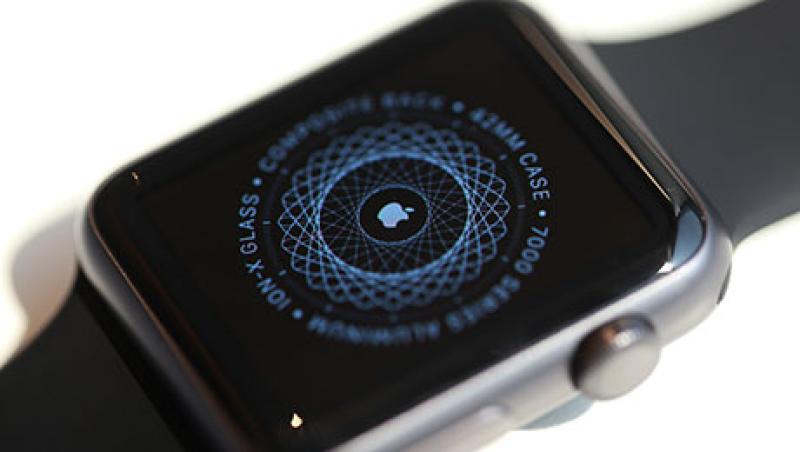
The Apple Watch and the Technology of Timeliness
Apple’s latest innovation calls into question our very relationship with time, regardless of the impact it may have on the tech titan’s stock.
Daniel Nadler
May 2, 2015


